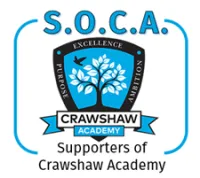Design and Technology is an inspiring, rigorous design and manufacturing subject. Using creativity and imagination, pupils design and make products that solve real and relevant problems within a variety of contexts, considering their own and others’ needs, wants and values. They acquire a broad range of subject knowledge and draw on disciplines such as mathematics, science, engineering, computing and art. Pupils learn how to take risks, becoming resourceful, innovative, enterprising and capable citizens. Through the evaluation of past and present design and technology, they develop a critical understanding of its impact on daily life and the wider world. High-quality design and technology education makes an essential contribution to the creativity, culture, wealth and wellbeing of the nation.
Through a variety of creative and practical activities, pupils are be taught the knowledge, understanding and skills needed to engage in an iterative process of designing and making. When designing and making, pupils are be taught to:
Design
- use research and exploration, such as the study of different cultures, to identify and understand user needs
- identify and solve their own design problems and understand how to reformulate problems given to them
- develop specifications to inform the design of innovative, functional, appealing products that respond to needs in a variety of situations
- use a variety of approaches [for example, bio mimicry and user-centred design], to generate creative ideas and avoid stereotypical responses
- develop and communicate design ideas using annotated sketches, detailed plans, 3-D and mathematical modelling, oral and digital presentations and computer-based tools
Make
- select from and use specialist tools, techniques, processes, equipment and machinery precisely, including computer aided manufacture
- select from and use a wider, more complex range of materials, components and ingredients, taking into account their properties
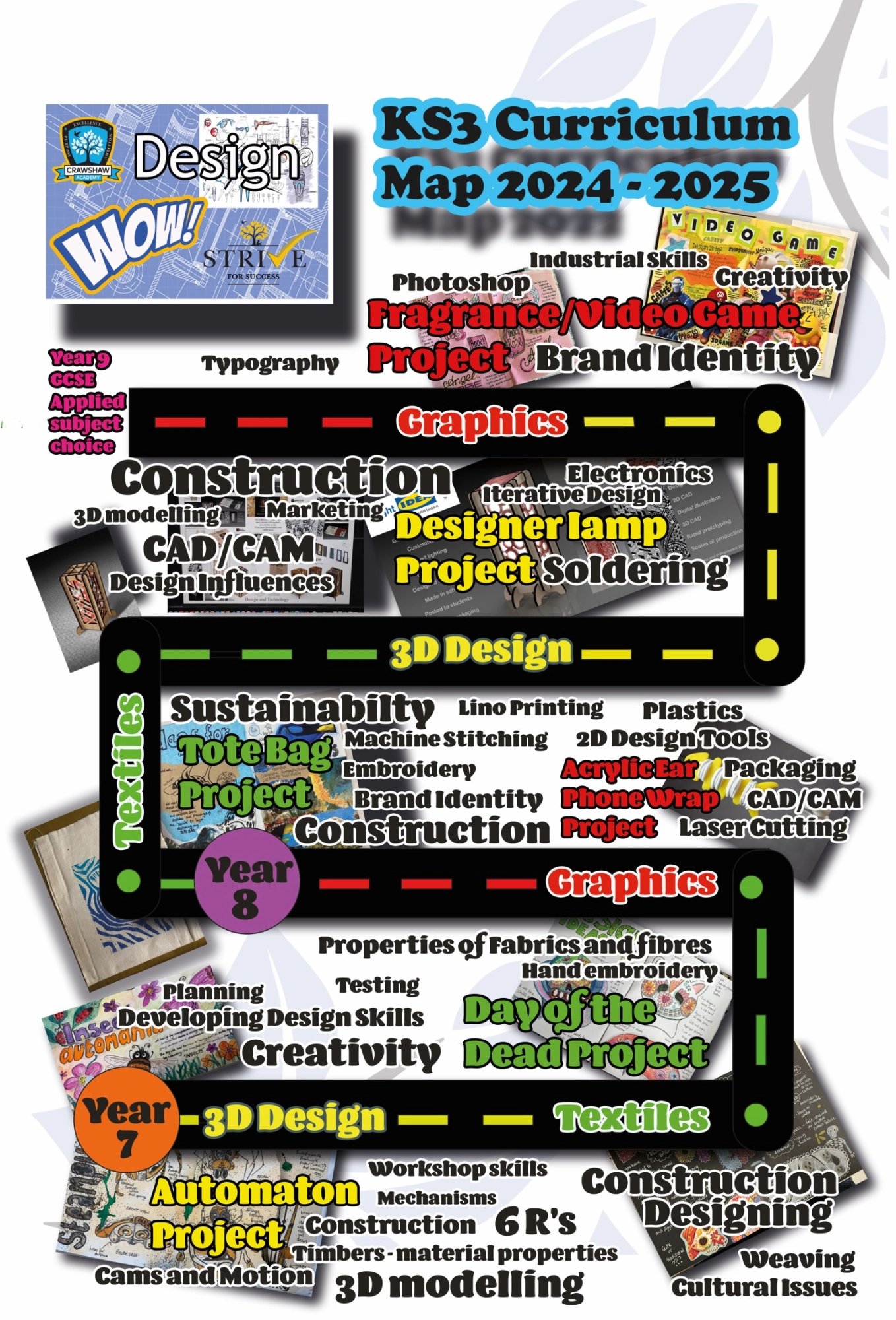
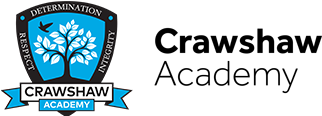
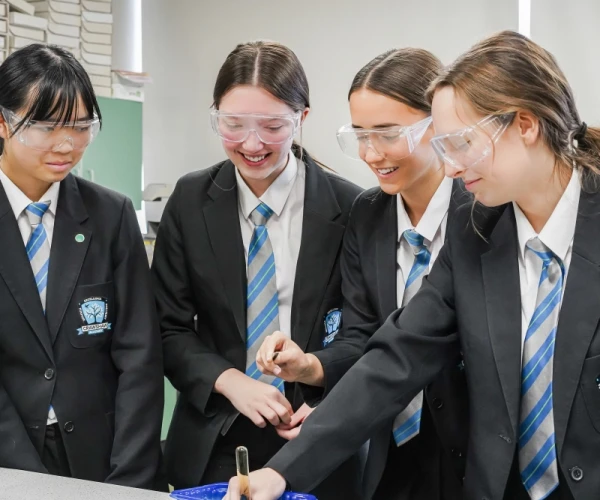
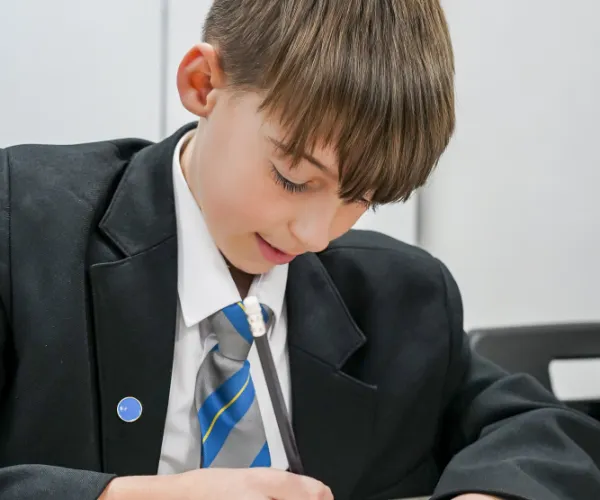
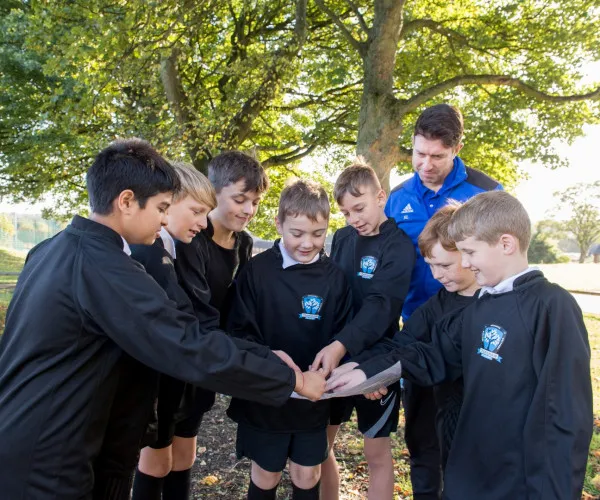

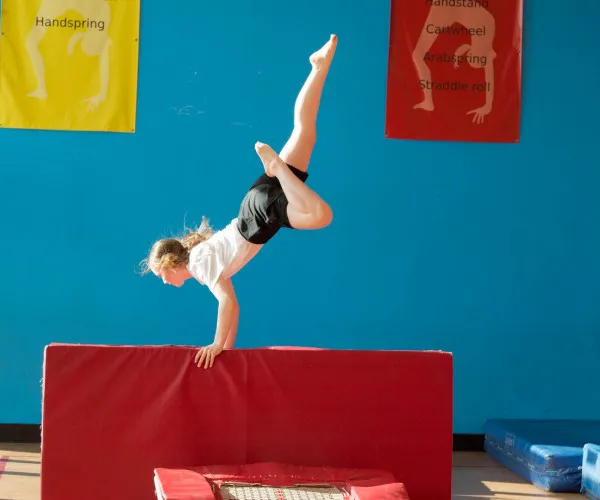
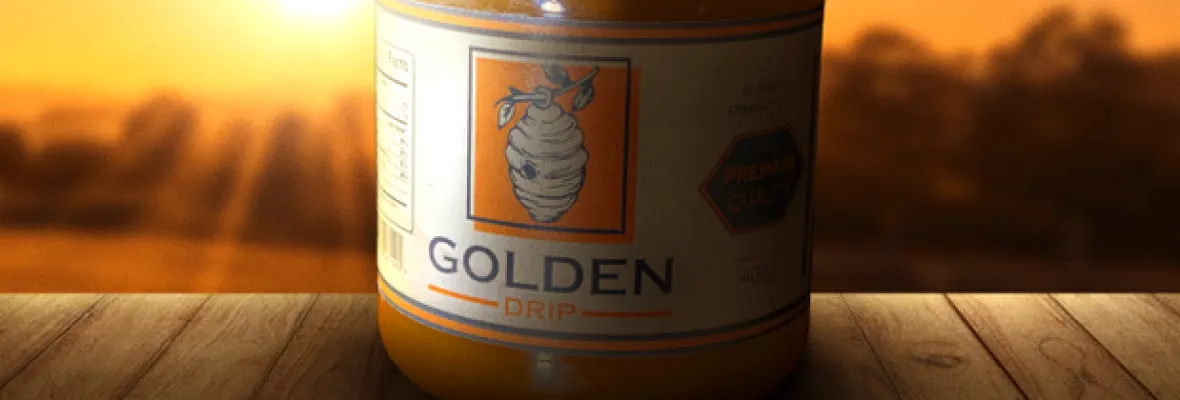

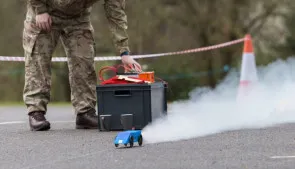
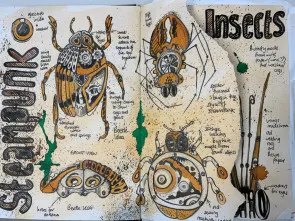 Yr 7
Yr 7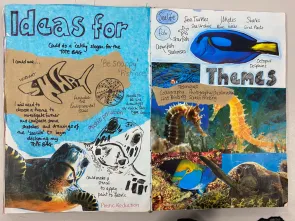
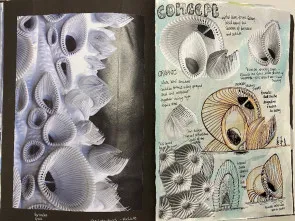 Aims
Aims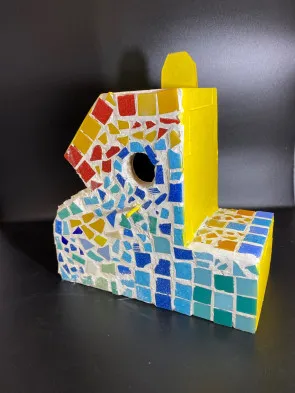 Progression Route
Progression Route Aims
Aims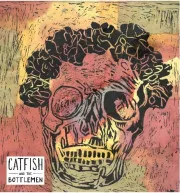 Progression Route
Progression Route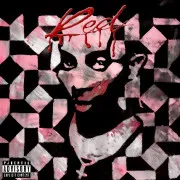
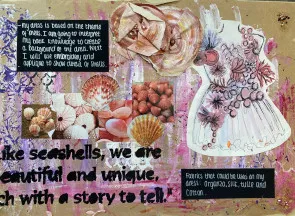 Aims
Aims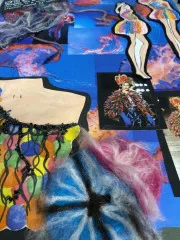 Progression Route
Progression Route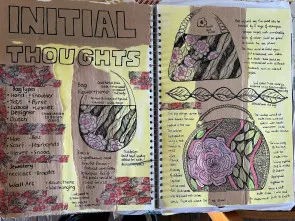 www.trendhunter.com
www.trendhunter.com





